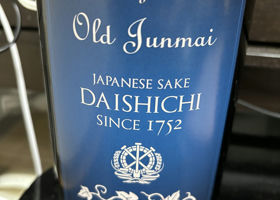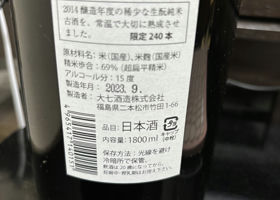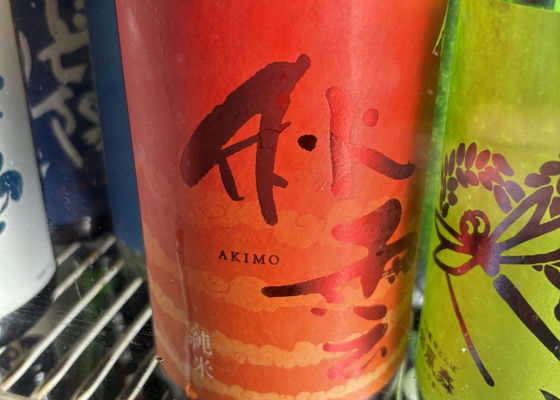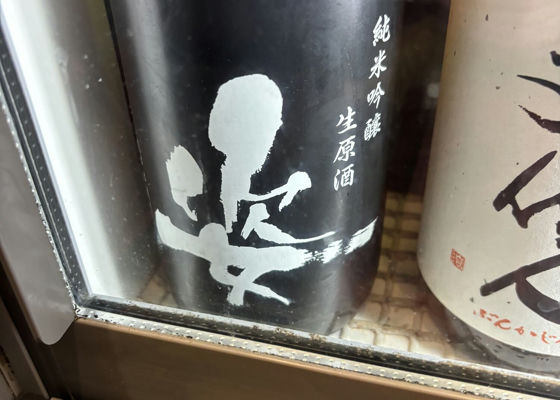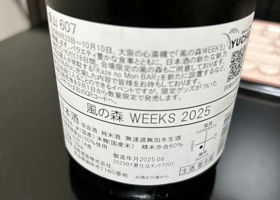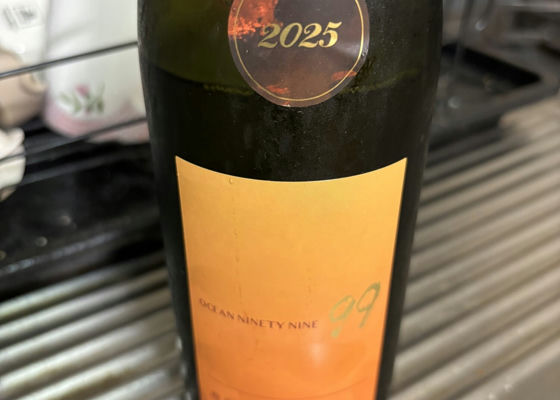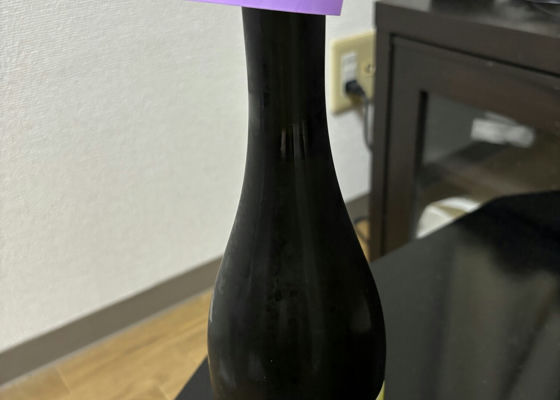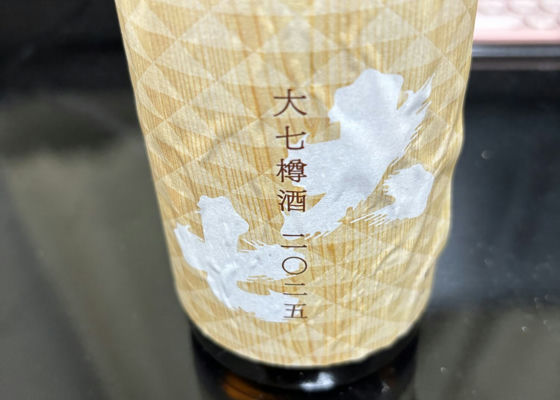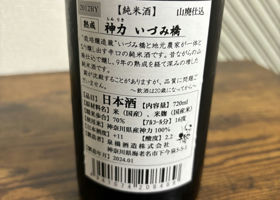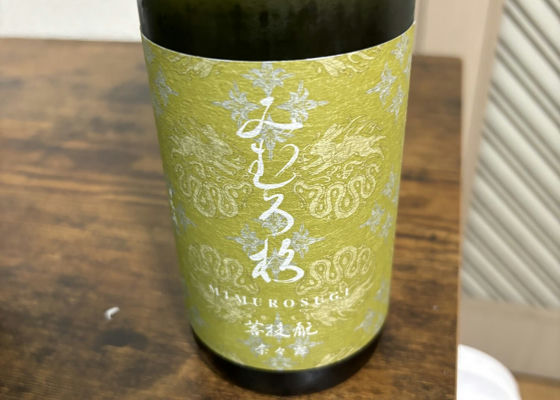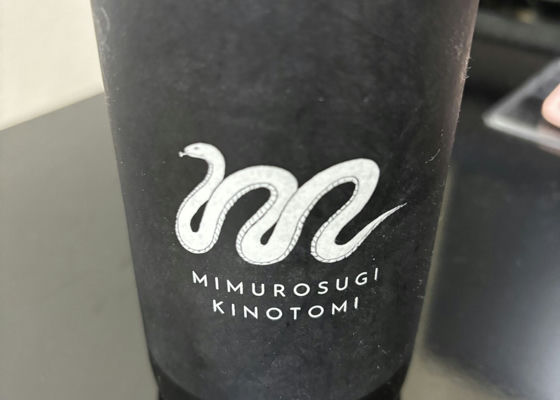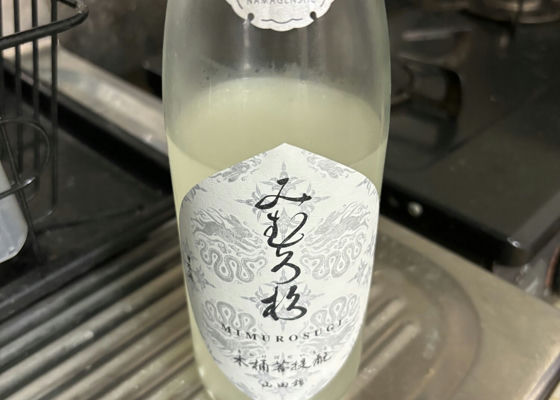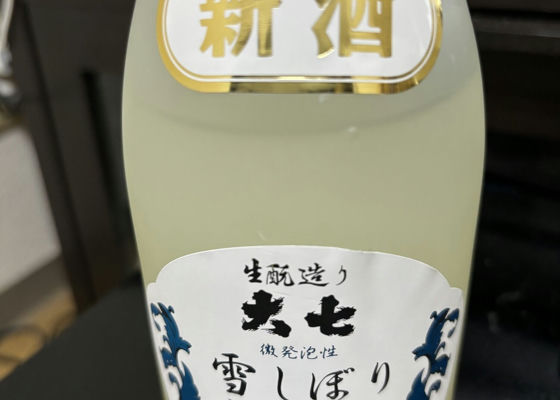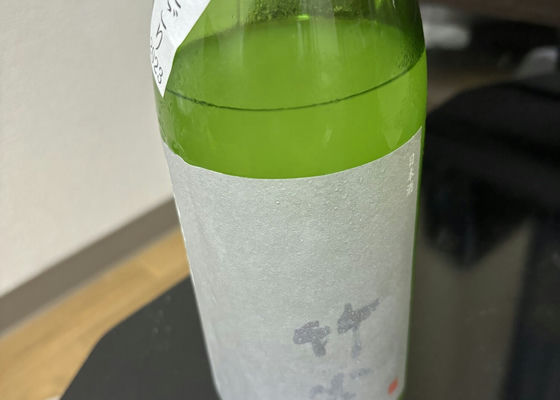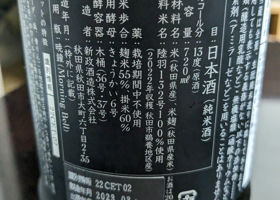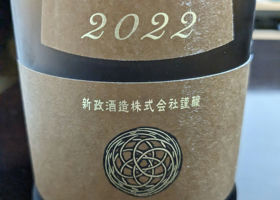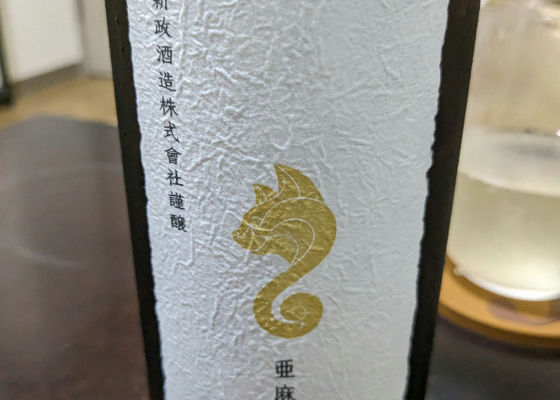Daishichi生酛純米古酒2014
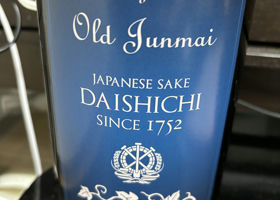
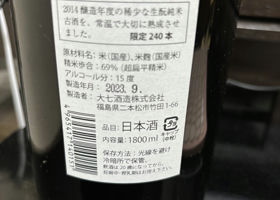
かぶら
Daishichi Shojyo Junmai Koshu 2014
Deep amber color
Rich aged aroma with shiitake mushrooms, koji, beeswax
But not to the point of burnt soy sauce, and at the shallow end you can feel as much as an aged cheese.
It has a strong umami.
The bitterness is surprisingly moderate, with a strange texture that flows smoothly after the umami is felt.
Needless to say, the aftertaste is long.
A limited edition of Daishichi's prestigious sake association.
The specs are the usual 69% flat rice polishing, so is the original sake a regular product, or is it a pure rice with a raw yeast yeast base?
Beautiful sake quality and complexity that is typical of Daishichi, and the same quality as the original sake that is not lost even after aging.
Surprisingly smooth texture is perfect for this time of the year when autumn has cooled down and winter is just around the corner.
Japanese>English
